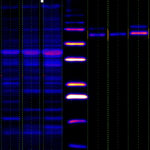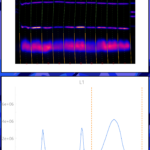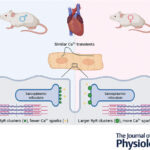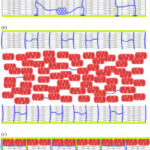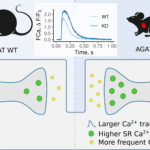
Jelena Branovets, Martin Laasmaa, Jekaterina Stolova, Xin Shen, Triinu Rätsepso, Romain Bernasconi, Kärol Soodla, Mihkel Jaan Balodis, Cärolin Grahv, Eliise Hendrikson, William Edward Louch, Rikke Birkedal, and Marko Vendelin
American Journal of Physiology-Heart and Circulatory Physiology, 2025 Aug 1; 329(2): H471–H489
PMID: 40657789
DOI: 10.1152/ajpheart.00106.2025
Abstract
Creatine kinase (CK) is considered a crucial energy transfer system in cardiac muscle. Some studies ...
Read More


